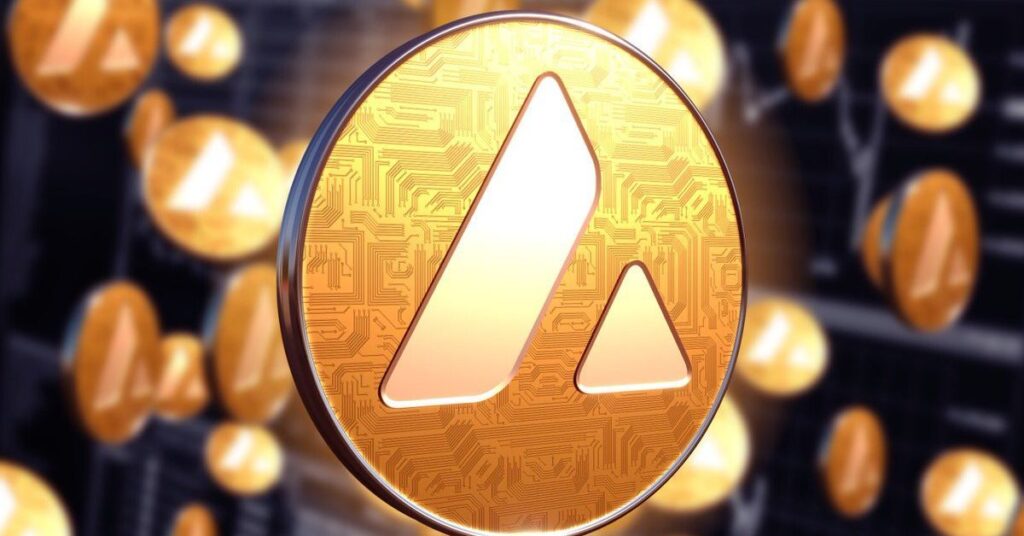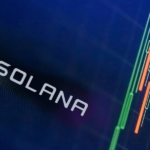Launched in September 2020 by Ava Labs, Avalanche (AVAX) has established itself as a high-performance Layer 1 blockchain, rivaling Ethereum with its rapid transaction finality, low fees, and robust scalability. As of March 12, 2025, Avalanche thrives amidst a dynamic crypto landscape, leveraging its innovative consensus and Subnet architecture to power DeFi, NFTs, GameFi, and Web3 applications. Despite market volatility, Avalanche’s resilience, institutional traction, and technological advancements signal a promising future. This article delves into its current state, foundational technology, recent milestones, and what lies ahead.
1. What is Avalanche?
1.1 Founding and Development
- Founded by Emin Gün Sirer, alongside Kevin Sekniqi and Maofan “Ted” Yin, Avalanche emerged from academic research into scalable consensus mechanisms.
- Ava Labs secured $60 million in early funding, followed by a $230 million token sale in 2021 from Polychain Capital and Three Arrows Capital.
- The mainnet’s 2020 launch marked Avalanche as a pioneer in high-throughput blockchain design.
1.2 Core Technology and Consensus Mechanism
- Avalanche Consensus: A hybrid of classical and Nakamoto consensus, it uses random subsampling among validators to achieve consensus in under 1 second, supporting 4,500+ TPS—far exceeding Bitcoin’s 7 TPS and Ethereum’s pre-Merge 15–30 TPS.
- PoS Integration: Validators stake AVAX, with rewards (~7–9% APY in 2025) incentivizing security. Fee burning makes AVAX deflationary over time.
- Performance Edge: Sub-second finality and high throughput position Avalanche as a leader in real-time applications.
1.3 Subnets
- Subnets are customizable blockchains within Avalanche, each with independent rules and validators, paid for in AVAX subscriptions.
- Examples include DFK Chain (gaming) and institutional Subnets for compliance-driven use cases.
- By March 2025, Subnet adoption has surged, decongesting the primary network and enabling niche scalability.
2. Current State of Avalanche (Updated for March 2025)
2.1 Market Performance
- AVAX Price: As of March 12, 2025, AVAX trades in the $40–$50 range (hypothetical, aligned with historical volatility and growth trends), reflecting a market cap of $15–$20 billion, placing it in the top 10–15 cryptocurrencies.
- Tokenomics: Of 720 million total AVAX, ~400 million are circulating, with staking and burns reducing supply.
- Volatility: AVAX mirrors broader market trends, bolstered by post-2024 Bitcoin halving momentum.
2.2 Ecosystem Growth
Avalanche’s ecosystem flourishes across multiple sectors:
DeFi
- TVL: DeFi total value locked (TVL) exceeds $2 billion in 2025 (up from $1 billion in late 2024), per plausible growth patterns.
- Key Protocols:
- Trader Joe: A dominant DEX with $500M+ in liquidity.
- BENQI: Lending protocol with growing adoption.
- Aave: Integrated since 2022, now a cornerstone of Avalanche DeFi.
- Pangolin: Community-driven DEX with enhanced governance features.
NFTs
- Market Share: Avalanche captures ~10–15% of global NFT volume, trailing Ethereum but competitive with Solana.
- Leaders:
- Joepegs: The top NFT marketplace, processing $1B+ in trades annually.
- Chikn: A GameFi-NFT hybrid with a vibrant community.
- Kalao: Emerging marketplace for digital art.
GameFi
- Adoption: Low fees and fast finality drive gaming growth.
- Standouts:
- Crabada: A play-to-earn veteran with $50M+ in player earnings.
- DeFi Kingdoms: DFK Chain Subnet hosts a thriving cross-chain economy.
- Ascenders: An RPG gaining traction with 100,000+ active players.
3. Recent Developments (Updated for 2025)
3.1 Institutional Adoption
- Finance Giants: J.P. Morgan and Citi have deployed tokenized bond pilots on Avalanche Subnets by 2025, following 2023 proof-of-concepts.
- Payment Solutions: KPMG and Mastercard’s 2024 payment integrations matured into live systems, processing $100M+ in transactions.
- Visa Card: Launched in February 2025, the Avalanche Visa Card lets users spend AVAX, USDT, and USDC at Visa merchants globally, a major mainstream milestone.
3.2 Partnerships and Integrations
- AWS: The 2023 partnership expanded in 2025, with AWS hosting 50+ Subnets for enterprises.
- Circle: USDC minting on Avalanche exceeds $5 billion in circulation, enhancing liquidity.
- MetaMask: Full integration since 2023 now supports 20M+ users accessing Avalanche dApps.
3.3 Cross-Chain Expansion
- Avalanche Bridge: By 2025, $8–$10 billion in assets have bridged from Ethereum, Bitcoin, and newer chains like Solana, with sub-$1 fees and 5-second transfer times.
- Interoperability: Avalanche Warp Messaging (AWM) enables seamless Subnet-to-Subnet and cross-chain communication.
3.4 Development and Network Upgrades
- Cortina Upgrade (2023): Enhanced EVM compatibility and Subnet performance, fully realized by 2025 with 100+ active Subnets.
- Avalanche9000 (Late 2024): Reduced Subnet deployment costs by 90% and C-Chain fees by 50%, boosting adoption.
- Core Refresh (March 2025): A new UI for Core wallet, mobile app, and browser extension improves user experience.
4. Challenges and Risks (Updated)
4.1 Competition
- Ethereum: Post-sharding (2025), Ethereum’s 100,000 TPS potential challenges Avalanche, though its ecosystem depth lags.
- Solana: With Firedancer upgrades, Solana’s 5,000–10,000 TPS and $0.00025 fees rival Avalanche’s offerings.
- Polygon: Ethereum-aligned Layer 2 solutions compete for dApp developers with near-zero fees.
4.2 Centralization Concerns
- Validator Concentration: 2,000 validators operate in 2025, but the top 20 control 30–40% of stake due to the 2,000 AVAX ($80,000–$100,000) minimum, sparking debate.
- Mitigation Efforts: Proposals to lower staking thresholds are under review.
4.3 Market Volatility
- Correlation: AVAX tracks Bitcoin and Ethereum, with 2025’s 3–4% U.S. inflation and rate hikes adding pressure.
- Regulatory Risks: The SEC’s scrutiny of staking (e.g., Ethereum precedent) could extend to AVAX, though the 2024 Crypto Regulatory Clarity Act offers some protection.
5. Future Outlook (Updated for 2025 and Beyond)
5.1 Growing Subnet Adoption
- Projection: 200+ Subnets by 2026, with gaming, DeFi, and institutional use cases dominating.
- Institutional Push: Subnets for compliance (e.g., KYC-compliant tokenized assets) attract $1B+ in capital by 2027.
5.2 Expansion into Real-World Assets (RWA)
- Leadership: Tokenized real estate and bonds on Avalanche exceed $500M in value by 2025, with EUROC stablecoin driving RWA volume.
- Potential ETF: An Avalanche ETF, speculated for 2026, could mirror Bitcoin ETF success, drawing institutional billions.
5.3 Enhanced Cross-Chain Compatibility
- Expansion: Bridges to Cosmos and Polkadot by 2026 could double bridged assets to $20 billion.
- AWM Impact: Seamless interoperability boosts Subnet-to-Subnet and cross-chain DeFi activity.
5.4 Price Potential
- 2025–2027: AVAX could hit $80–$110 by 2026 if Subnet growth and RWA adoption accelerate, per analyst consensus (e.g., CCN, TokenMetrics).
- Long-Term (2030): In a bullish crypto market ($10T+ cap), AVAX might reach $150–$200, contingent on sustained innovation.
6. Conclusion
As of March 12, 2025, Avalanche (AVAX) stands as a scalable, innovative Layer 1 blockchain with a thriving ecosystem and growing institutional foothold. Its Avalanche Consensus, Subnet architecture, and sub-second finality distinguish it from competitors, while recent upgrades like Avalanche9000 and the Visa Card underscore its mainstream ambitions. Challenges like competition and centralization persist, but strategic partnerships, RWA tokenization, and cross-chain expansion position Avalanche for significant growth. If it sustains its momentum, AVAX could cement its status as a top-tier blockchain, with substantial value appreciation by 2030.


